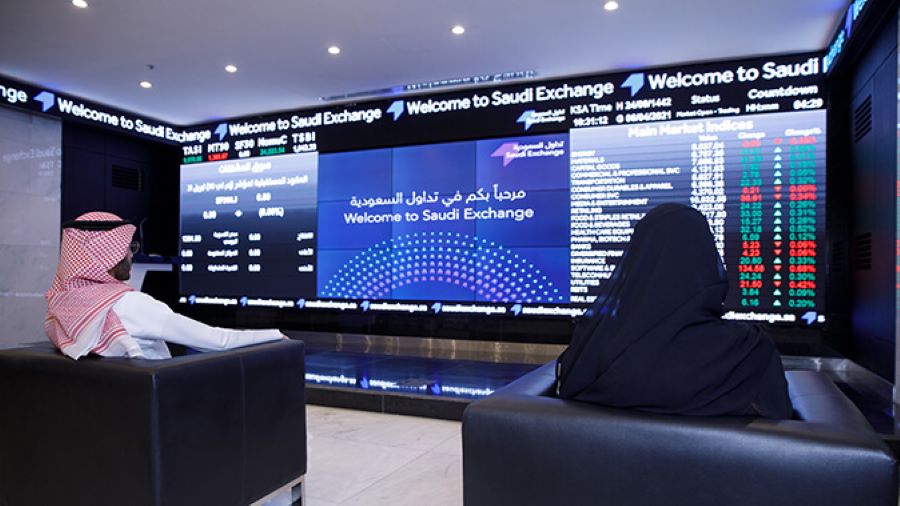
IMAGE COURTESY: DMCC
DeFi Market Set to Grow to $600 Billion by 2032
The decentralised finance (DeFi) market size is projected to grow from $13.6 billion in 2022 to $600 billion by 2032, on the back of growing demand for decentralised financial services that allow a broader range of individuals to carry out transactions at speed and without the need to incur fees.
Benefits like security and investment choices entice users, but vulnerabilities and complexity also risk losing funds irretrievably, Dubai Multi Commodities Centre said in its Special Web3 edition entitled “The Future of Trade,” which was released on Monday.
Innovation hubs are emerging to foster start-ups and experimentation, with the UAE, Singapore, Switzerland, Japan and the UK among the key jurisdictions pushing to attract investment through accommodative regulations, sandboxes and industry consultation.
But financial services are not the only use case for decentralised technology as Decentralised exchanges (DEX) are a more informal way for investors to trade assets by eliminating intermediaries, which can often have an outsized influence on the outcome of a particular transaction.
“Instead of having five or more intermediaries, spread across a mobile app, stock clearing platform, dark pool and exchange, the only intermediary involved is the DEX itself,” the DMCC report said.
One of the most striking benefits of this framework is that the smart contracts that make up the DEX are visible to any individual within the blockchain.
That means anyone, anywhere can engage in a transaction, making the market much more open to interested investors and participants.
Other Use Cases
Other use cases for DeFi include lending, allowing people from all over the globe (particularly those in developing countries) to borrow funds from a pool of lenders, decentralised derivatives platforms (which eliminates the risk of centralised exchanges abusing the level of market information at their disposal to trade in ways that are to the detriment of their customers), and prediction markets (which eliminate the low limits on betting and high fees that are often found on centralised frameworks).
Additional use cases include stablecoins (a form of fiat currency that offer greater stability and are often used for cross-border payments), the metaverse and a new model for the insurance sector in which blockchain is used to iron out existing market inefficiencies.
The report also noted that after the ‘crypto winter’ of 2022, there is resilience and appetite from start-ups, investors, financial institutions and regulators to build durable and value adding services, from central bank digital currencies to novel digital assets.
To flourish, crypto needs effective regulations to provide market stability, and boost consumer and investor confidence. The clean-up brought on by the crisis could provide a starting point, and approval of crypto exchange traded funds (ETFs) may be a game-changer for the mainstreaming industry.
The metaverse has struggled to gain a foothold so far, with virtual and augmented reality primarily limited to gaming and entertainment. That is set to change as use cases emerge everywhere from industrial settings to healthcare, enterprise collaboration and education.
Experimentation will deliver a playbook and hard numbers on return on investment within specific verticals. Meanwhile, hardware improvements from consumer tech giants, and emerging tools like generative AI, could lower the barriers to entry and access.
The metaverse market covers all forms of immersive reality, including AI, VR, mixed reality (MR), AR, decentralised technology, human interface, and edge computing, all of which promise a wide range of efficiency and productivity gains.
Metaverse Funding Falls
As of 2022, there were 400 million active monthly metaverse users, contributing to a market value of around $234 billion in 2022, which is expected to rise to around $3.4 trillion by 2027. However, funding into the sector fell sharply in 2023, according to Crunchbase, mirroring the broader economic slowdown in start-ups.
Meanwhile, the size of the metaverse in e-commerce market is expected to grow by 37.2% from 2023 to 2029, to over $167 billion, while the size of the metaverse in the gaming market, which was valued at $21.6 billion in 2022, is expected to reach $563.8 billion by 2032.
Both e-commerce and gaming are traditionally online industries, but the market for AR/VR hardware shows particular promise, the report added.











